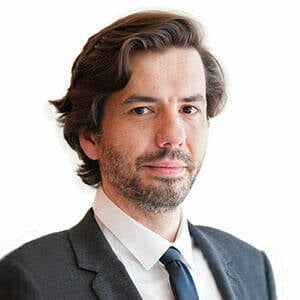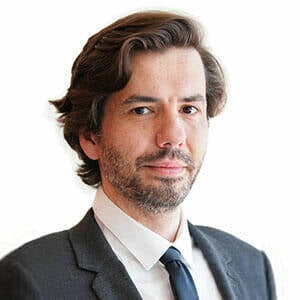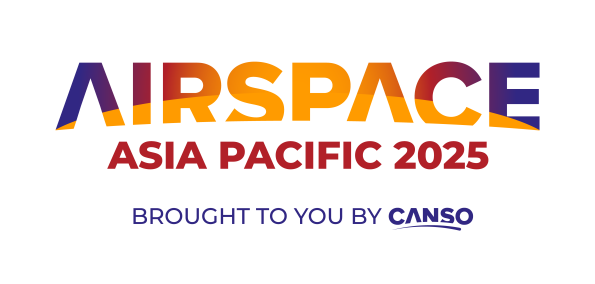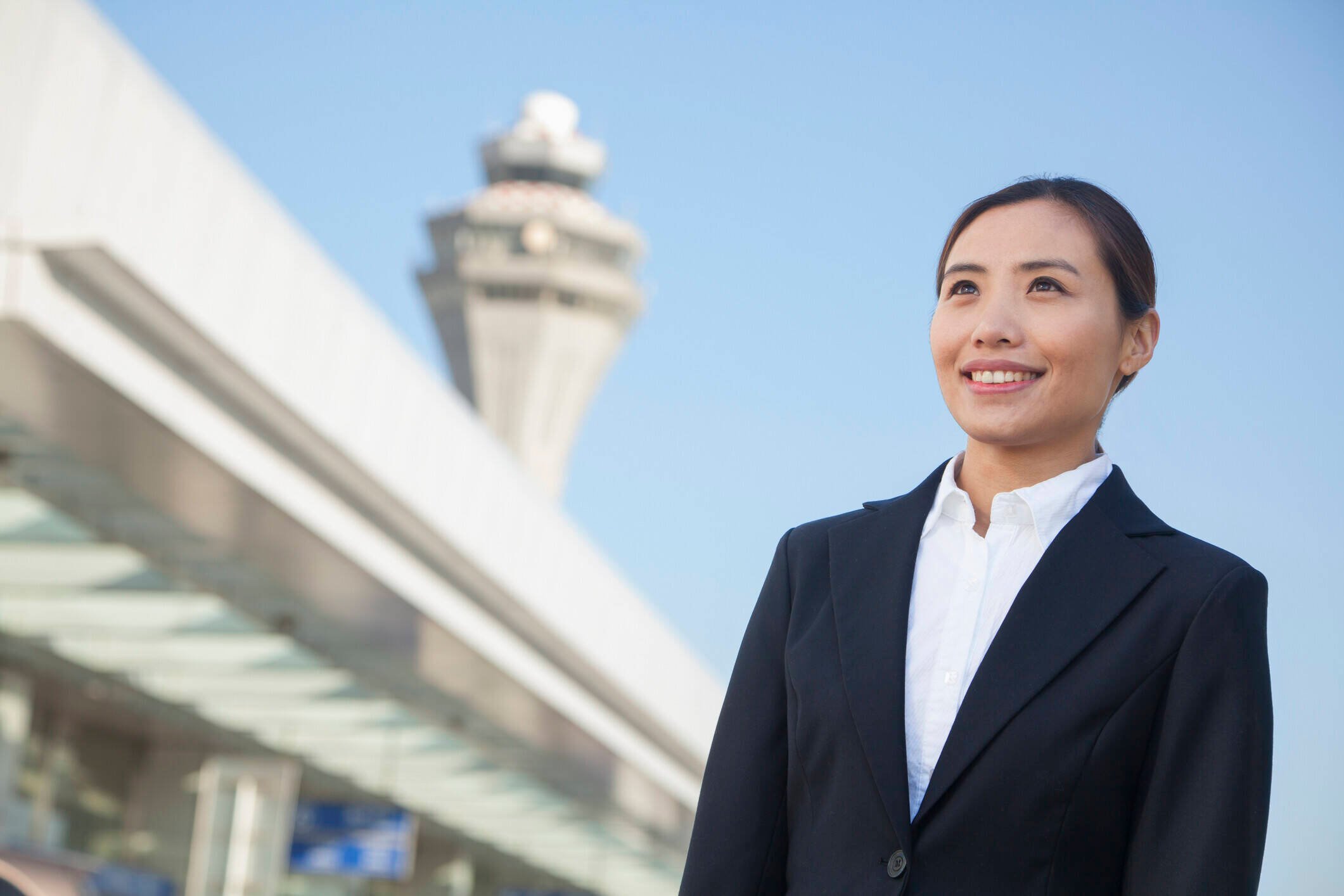





Photo: By Pierre Albouy at CANSO Executive Summit 2024

The inaugural CANSO meeting for academia members
The inaugural CANSO Academia & Research Members Meeting – comprising current and potential future Members – was held on 10 July 2024.
Eduardo Garcia, CANSO’s Senior Future Skies Manager, says the meeting introduced the Future Skies Academic Research (FUSAR) Network, a platform aimed at facilitating unbiased, independent research and training on aviation-related topics for CANSO Members and workgroups. The FUSAR Network aims to align with the Complete Air Traffic System (CATS) Global Council Vision, ICAO, and regional programmes such as SESAR and NextGen.
“We discussed the benefits of CANSO Academia membership, including eligibility criteria, the annual fee, and the advantages of joining the FUSAR Network,” says Garcia. “The membership offers numerous opportunities for academic institutions to engage with industry stakeholders, participate in research projects, and contribute to the advancement of global air traffic management.”
The meeting identified the need for an initial study to review current airspace classifications and their harmonised implementation worldwide. This study will include a global survey to identify areas of improvement and propose actions to address existing challenges across different regions. Other areas of collaboration include exploring the potential safety benefits of employing large language models for predictive risk management in air navigation services and conducting specific research on topics, such as high airspace operations and the pathway to advanced air mobility.
For more information about the CANSO Academia and Research Membership, please visit the website or get in contact: eduardo.garcia@canso.org.
Welcoming Airspace Asia Pacific
HKIAA will take an active role in welcoming the ATM community to Hong Kong for Airspace World Asia Pacific, taking place at the AsiaWorld-Expo from 9 to 11 December 2025.
Hong Kong is strategically located within five-hours flight time from half of the world’s population. Passenger traffic rose 264.5 per cent in 2023 over the previous 12 months thanks to China’s reopening, reaching 45.2 million passengers. Air traffic movements topped 300,000, almost doubling the previous year. Overall, air traffic at HKIA has recovered to 80 per cent of pre-pandemic levels and is well-poised to reach full recovery by the end of 2024.
Moreover, HKIA remains the world’s busiest cargo airport, with 2023 throughput 9.1- per cent up on 2022, reaching 4.5 million tonnes.
“Having a major ATM event in Hong Kong will no doubt affirm Hong Kong’s position as a civil aviation hub for the region at large,” says Li. “We are ready to welcome our industry colleagues to Hong Kong.”

Sustainability in training
Sustainability is at the core of all HKIAA’s efforts. It forms part of the vision and mission, which focus on the sustainable development of the aviation industry in Hong Kong and the region.
Different aspects of sustainability initiatives are infused into the daily activities of all HKIAA’s employees and students. Activities range from practical environmental practices, such as energy-saving and waste reduction on campus facilities, to ethical business practices that bring about social impact, diversity and inclusion and responsible corporate governance.
The HKIAA also endeavours to equip professionals to have a thorough understanding of sustainability principles through various course contents and communications. “Through the process of providing continuous learning and development to students, the academy is also contributing to the sustainable development of the workforce in the airport community and succession planning endeavours,” adds Li.
The commitment towards a more sustainable future extends beyond HKIAA’s efforts on campus. HKIAA actively engages with local communities, organising education events in the hopes of fostering genuine interest among the younger generations to pursue careers in the aviation industry.
The evolution of training
One of our five Training Centres focuses specifically on ATM. Its programmes are aimed at managers, supervisors, and personnel from civil aviation administrations and ANSPs responsible for the planning and management of air traffic service resources but are also beneficial to university students and graduates interested in joining the profession of air traffic control.
Course offerings include an introduction to air traffic control (ATC), ATC basics, aerodrome control, fatigue management, human factors for ATC and aviation English for air traffic controllers. HKIAA is also actively exploring options to add to its training portfolio, including cybersecurity, search and rescue and accident investigation. Relevant courses in compliance with ICAO standards are also approved by Civil Aviation Department of Hong Kong.
Courses are taught by veteran air traffic controllers and qualified professionals. Facilities include state-of-the-art ATC simulators with a new simulator commissioned in early 2024.
“We also make use of a fixed base aircraft simulator to demonstrate cockpit workflow and procedures to controllers,” explains Li. “This is an innovation not practised before and feedback has been very positive. Previously, exposure to pilots’ workload was only gained through cockpit visits. As other operational duties might be in progress, crew’s explanations might be limited. Using the simulator bypasses these limitations and has increased efficiency and effectiveness in the learning process.”
The Hong Kong International Aviation Academy (HKIAA) is the latest institution to sign up. “Joining membership as academia and being part of CANSO’s network is a perfect dovetail to HKIAA’s vision, which is to establish Hong Kong’s position as a world-class civil aviation training hub for the sustainable development of the aviation industry in Hong Kong and in the region,” says Simon Li, President of HKIAA.
“By being a part of this network, we can also fully demonstrate and affirm to students, air navigation service providers (ANSPs) and the aviation community in Hong Kong and the region, our commitment to the development and advancement of air traffic management (ATM),” Li continues. “In turn, we hope to also contribute to and be a part of the ongoing development and advancement of the industry, together with our peers and industry stakeholders, as well as meeting the demand for quality ATM training in the region.”
The path to aviation sustainability requires sufficient skilled staff to handle the uptick in air travel demand. CANSO’s understanding of the need for talent to implement new technologies, business models and processes can be seen in its recently launched academia and research membership category.








Advertisement

The inaugural CANSO meeting for academia members
Welcoming Airspace Asia Pacific

Photo: By Pierre Albouy at CANSO Executive Summit 2024
The inaugural CANSO Academia & Research Members Meeting – comprising current and potential future Members – was held on 10 July 2024.
Eduardo Garcia, CANSO’s Senior Future Skies Manager, says the meeting introduced the Future Skies Academic Research (FUSAR) Network, a platform aimed at facilitating unbiased, independent research and training on aviation-related topics for CANSO Members and workgroups. The FUSAR Network aims to align with the Complete Air Traffic System (CATS) Global Council Vision, ICAO, and regional programmes such as SESAR and NextGen.
“We discussed the benefits of CANSO Academia membership, including eligibility criteria, the annual fee, and the advantages of joining the FUSAR Network,” says Garcia. “The membership offers numerous opportunities for academic institutions to engage with industry stakeholders, participate in research projects, and contribute to the advancement of global air traffic management.”
The meeting identified the need for an initial study to review current airspace classifications and their harmonised implementation worldwide. This study will include a global survey to identify areas of improvement and propose actions to address existing challenges across different regions. Other areas of collaboration include exploring the potential safety benefits of employing large language models for predictive risk management in air navigation services and conducting specific research on topics, such as high airspace operations and the pathway to advanced air mobility.
For more information about the CANSO Academia and Research Membership, please visit the website or get in contact: eduardo.garcia@canso.org.
HKIAA will take an active role in welcoming the ATM community to Hong Kong for Airspace World Asia Pacific, taking place at the AsiaWorld-Expo from 9 to 11 December 2025.
Hong Kong is strategically located within five-hours flight time from half of the world’s population. Passenger traffic rose 264.5 per cent in 2023 over the previous 12 months thanks to China’s reopening, reaching 45.2 million passengers. Air traffic movements topped 300,000, almost doubling the previous year. Overall, air traffic at HKIA has recovered to 80 per cent of pre-pandemic levels and is well-poised to reach full recovery by the end of 2024.
Moreover, HKIA remains the world’s busiest cargo airport, with 2023 throughput 9.1- per cent up on 2022, reaching 4.5 million tonnes.
“Having a major ATM event in Hong Kong will no doubt affirm Hong Kong’s position as a civil aviation hub for the region at large,” says Li. “We are ready to welcome our industry colleagues to Hong Kong.”
Sustainability is at the core of all HKIAA’s efforts. It forms part of the vision and mission, which focus on the sustainable development of the aviation industry in Hong Kong and the region.
Different aspects of sustainability initiatives are infused into the daily activities of all HKIAA’s employees and students. Activities range from practical environmental practices, such as energy-saving and waste reduction on campus facilities, to ethical business practices that bring about social impact, diversity and inclusion and responsible corporate governance.
The HKIAA also endeavours to equip professionals to have a thorough understanding of sustainability principles through various course contents and communications. “Through the process of providing continuous learning and development to students, the academy is also contributing to the sustainable development of the workforce in the airport community and succession planning endeavours,” adds Li.
The commitment towards a more sustainable future extends beyond HKIAA’s efforts on campus. HKIAA actively engages with local communities, organising education events in the hopes of fostering genuine interest among the younger generations to pursue careers in the aviation industry.
Sustainability in training
Sustainability in training
One of our five Training Centres focuses specifically on ATM. Its programmes are aimed at managers, supervisors, and personnel from civil aviation administrations and ANSPs responsible for the planning and management of air traffic service resources but are also beneficial to university students and graduates interested in joining the profession of air traffic control.
Course offerings include an introduction to air traffic control (ATC), ATC basics, aerodrome control, fatigue management, human factors for ATC and aviation English for air traffic controllers. HKIAA is also actively exploring options to add to its training portfolio, including cybersecurity, search and rescue and accident investigation. Relevant courses in compliance with ICAO standards are also approved by Civil Aviation Department of Hong Kong.
Courses are taught by veteran air traffic controllers and qualified professionals. Facilities include state-of-the-art ATC simulators with a new simulator commissioned in early 2024.
“We also make use of a fixed base aircraft simulator to demonstrate cockpit workflow and procedures to controllers,” explains Li. “This is an innovation not practised before and feedback has been very positive. Previously, exposure to pilots’ workload was only gained through cockpit visits. As other operational duties might be in progress, crew’s explanations might be limited. Using the simulator bypasses these limitations and has increased efficiency and effectiveness in the learning process.”
The evolution of training

The Hong Kong International Aviation Academy (HKIAA) is the latest institution to sign up. “Joining membership as academia and being part of CANSO’s network is a perfect dovetail to HKIAA’s vision, which is to establish Hong Kong’s position as a world-class civil aviation training hub for the sustainable development of the aviation industry in Hong Kong and in the region,” says Simon Li, President of HKIAA.
“By being a part of this network, we can also fully demonstrate and affirm to students, air navigation service providers (ANSPs) and the aviation community in Hong Kong and the region, our commitment to the development and advancement of air traffic management (ATM),” Li continues. “In turn, we hope to also contribute to and be a part of the ongoing development and advancement of the industry, together with our peers and industry stakeholders, as well as meeting the demand for quality ATM training in the region.”
The path to aviation sustainability requires sufficient skilled staff to handle the uptick in air travel demand. CANSO’s understanding of the need for talent to implement new technologies, business models and processes can be seen in its recently launched academia and research membership category.




